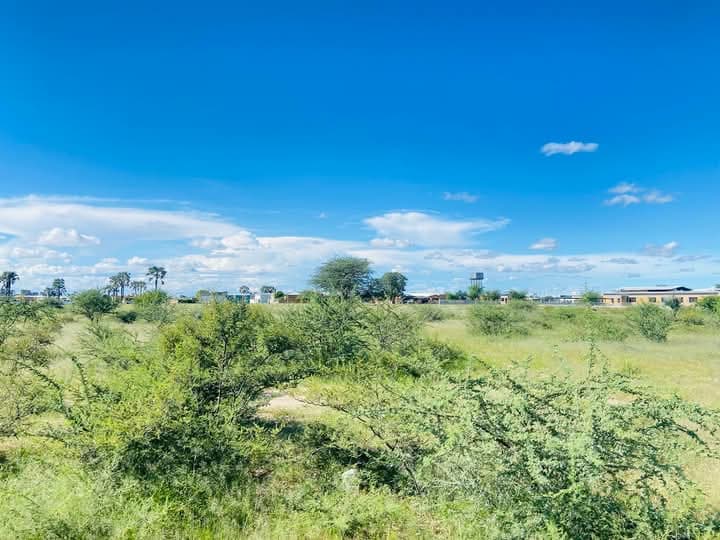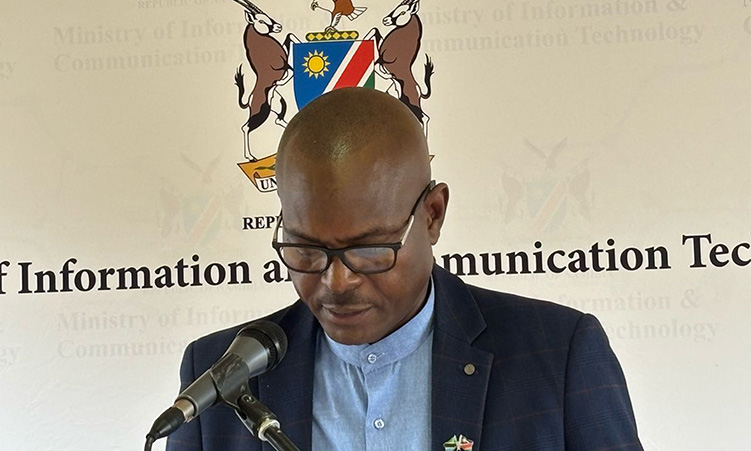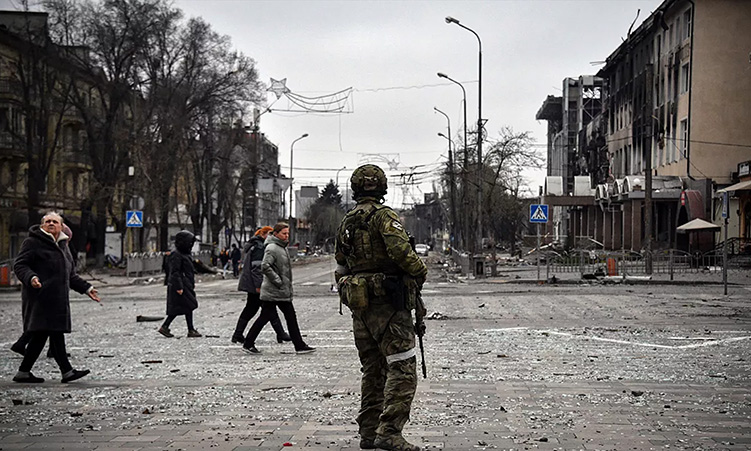Utah, USA – A daring plan to have helicopters snag a space capsule as it plunged toward Earth went awry Wednesday when its parachutes failed to open and it slammed into the desert floor.
The catastrophic descent left the Genesis capsule buried halfway underground and exposed its collection of solar atoms to contamination. The capsule held billions of atoms collected from the solar wind during a mission that was designed to reveal clues about the origin and evolution of the solar system.The solar wind is a stream of highly charged particles that are emitted by the sun.Scientists hoped the charged atoms gathered in the capsule – a “billion billion” of them – would shed important light on the solar system, said Don Burnett, Genesis’ principal investigator and a nuclear geochemist at California Institute of Technology.The mishap also raised questions about the durability of another NASA sample-return capsule called Stardust, due to land here in 2006.But that capsule was built to be more rugged and will land on its own with a parachute.- Nampa-APThe capsule held billions of atoms collected from the solar wind during a mission that was designed to reveal clues about the origin and evolution of the solar system.The solar wind is a stream of highly charged particles that are emitted by the sun.Scientists hoped the charged atoms gathered in the capsule – a “billion billion” of them – would shed important light on the solar system, said Don Burnett, Genesis’ principal investigator and a nuclear geochemist at California Institute of Technology.The mishap also raised questions about the durability of another NASA sample-return capsule called Stardust, due to land here in 2006.But that capsule was built to be more rugged and will land on its own with a parachute.- Nampa-AP
Stay informed with The Namibian – your source for credible journalism. Get in-depth reporting and opinions for
only N$85 a month. Invest in journalism, invest in democracy –
Subscribe Now!










